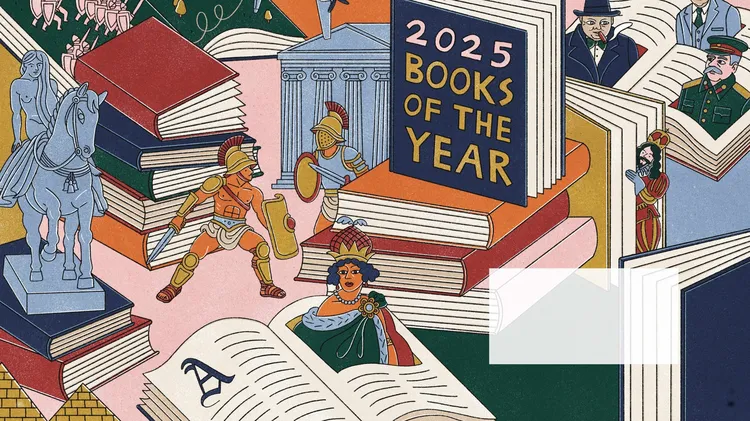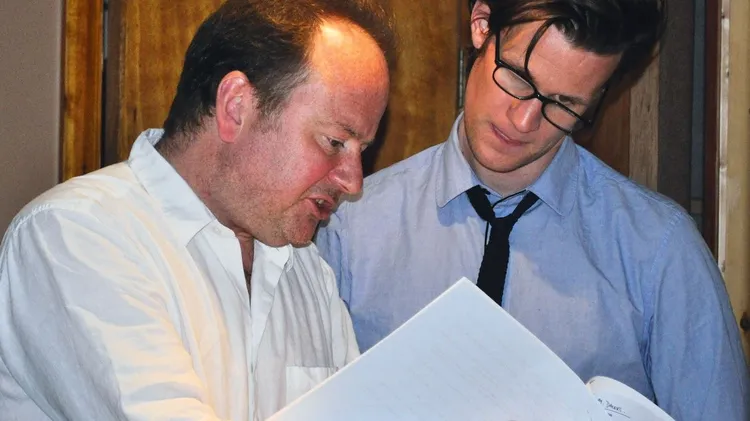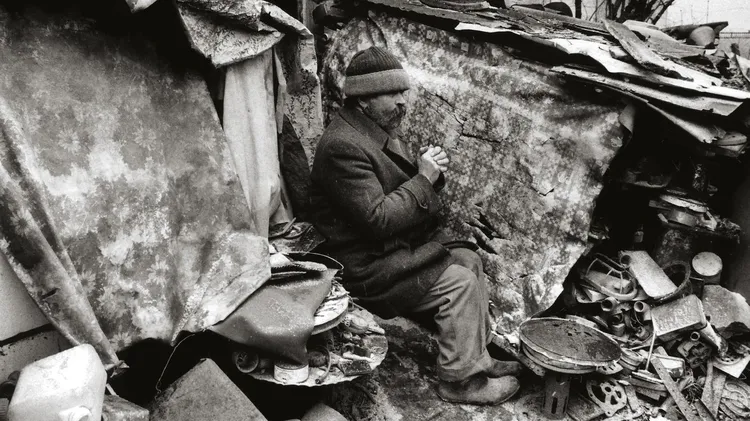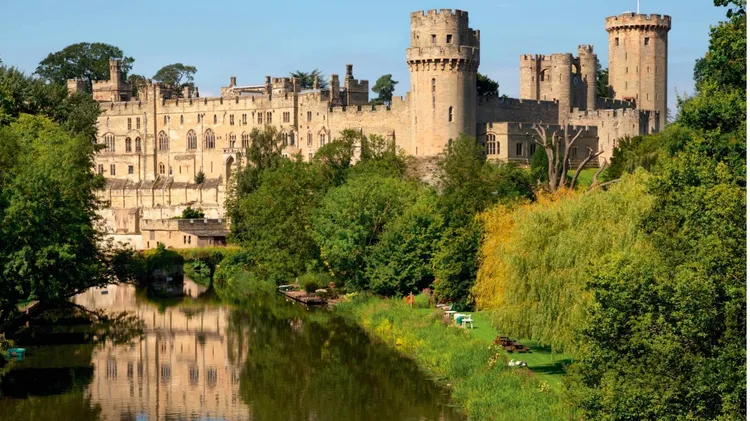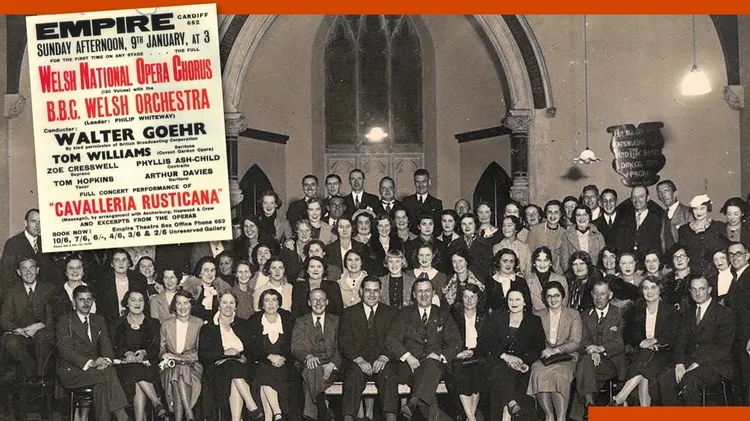From the heroic glamour of Henry V to the heady nationalism of Braveh
Knights! camera! action!
11 min read
This article is from...
Read this article and 8000+ more magazines and newspapers on Readly


